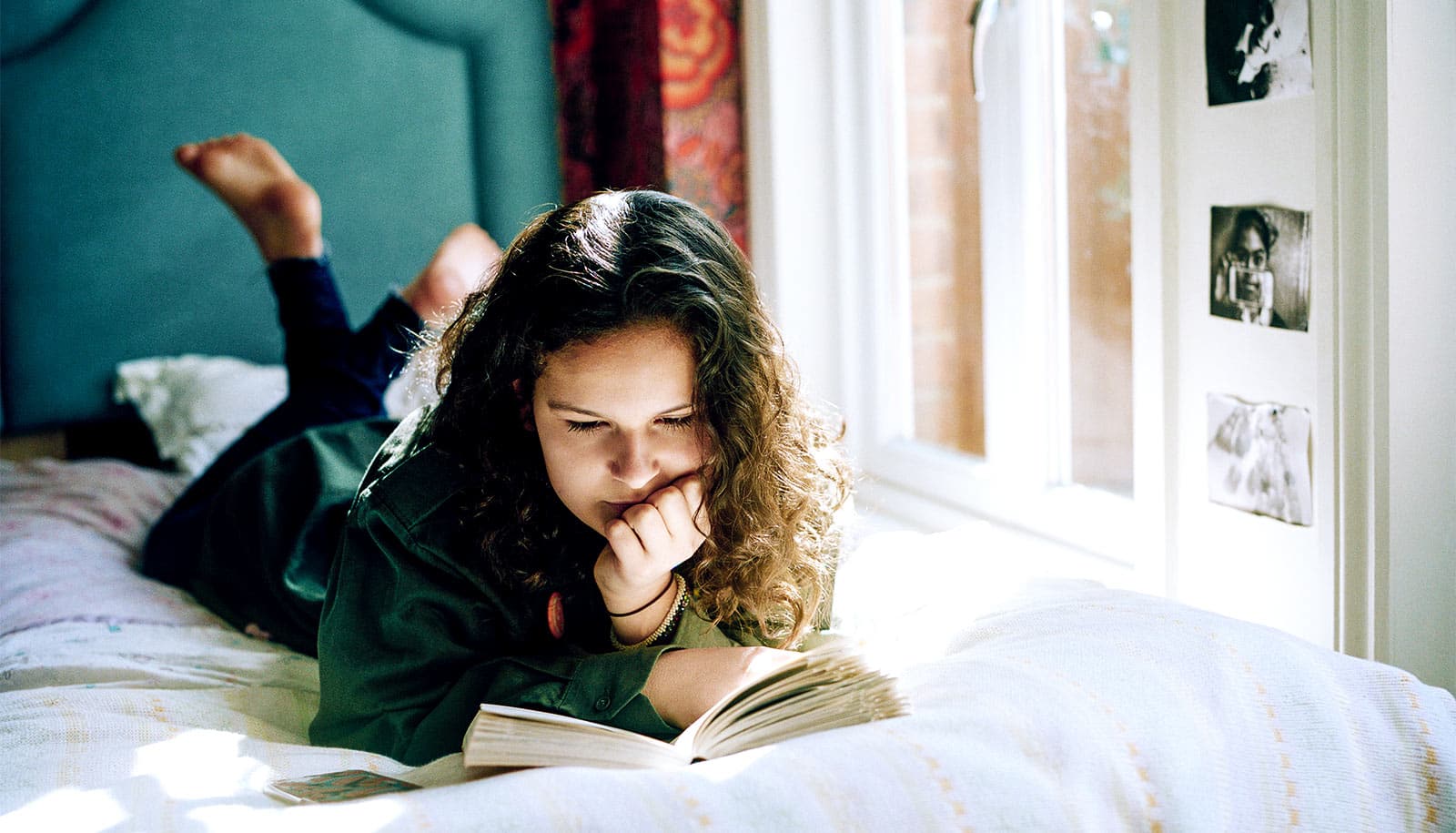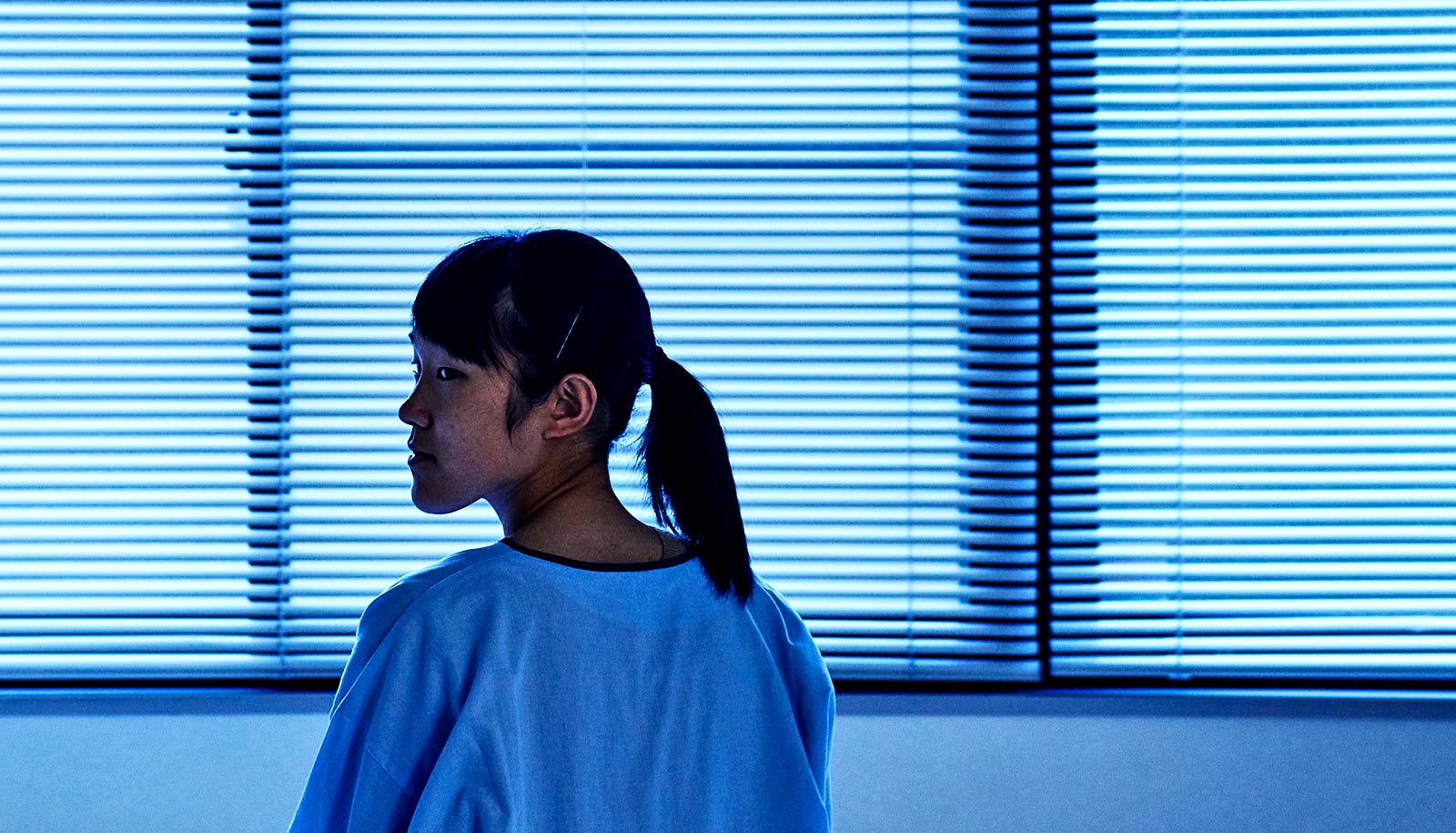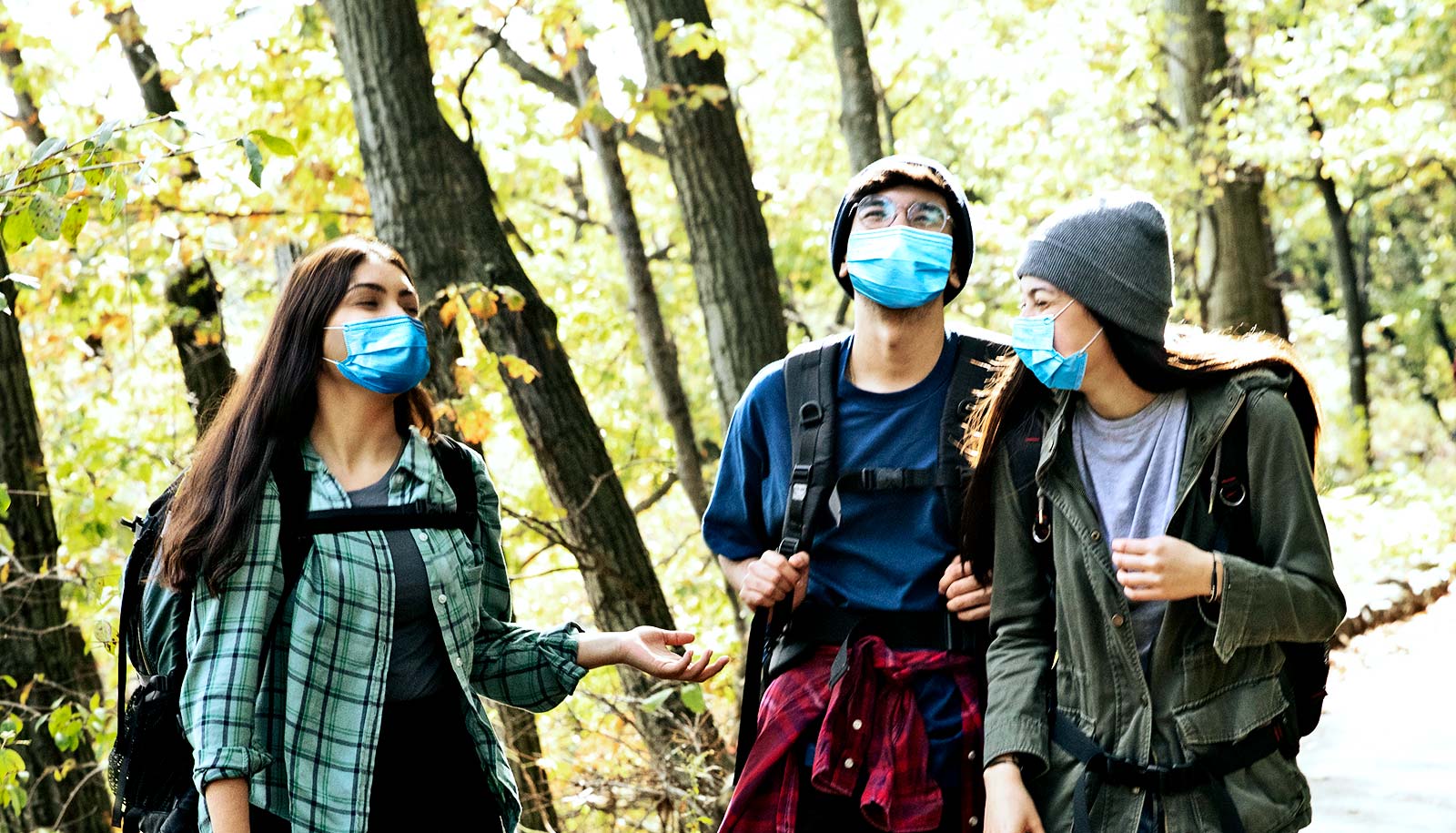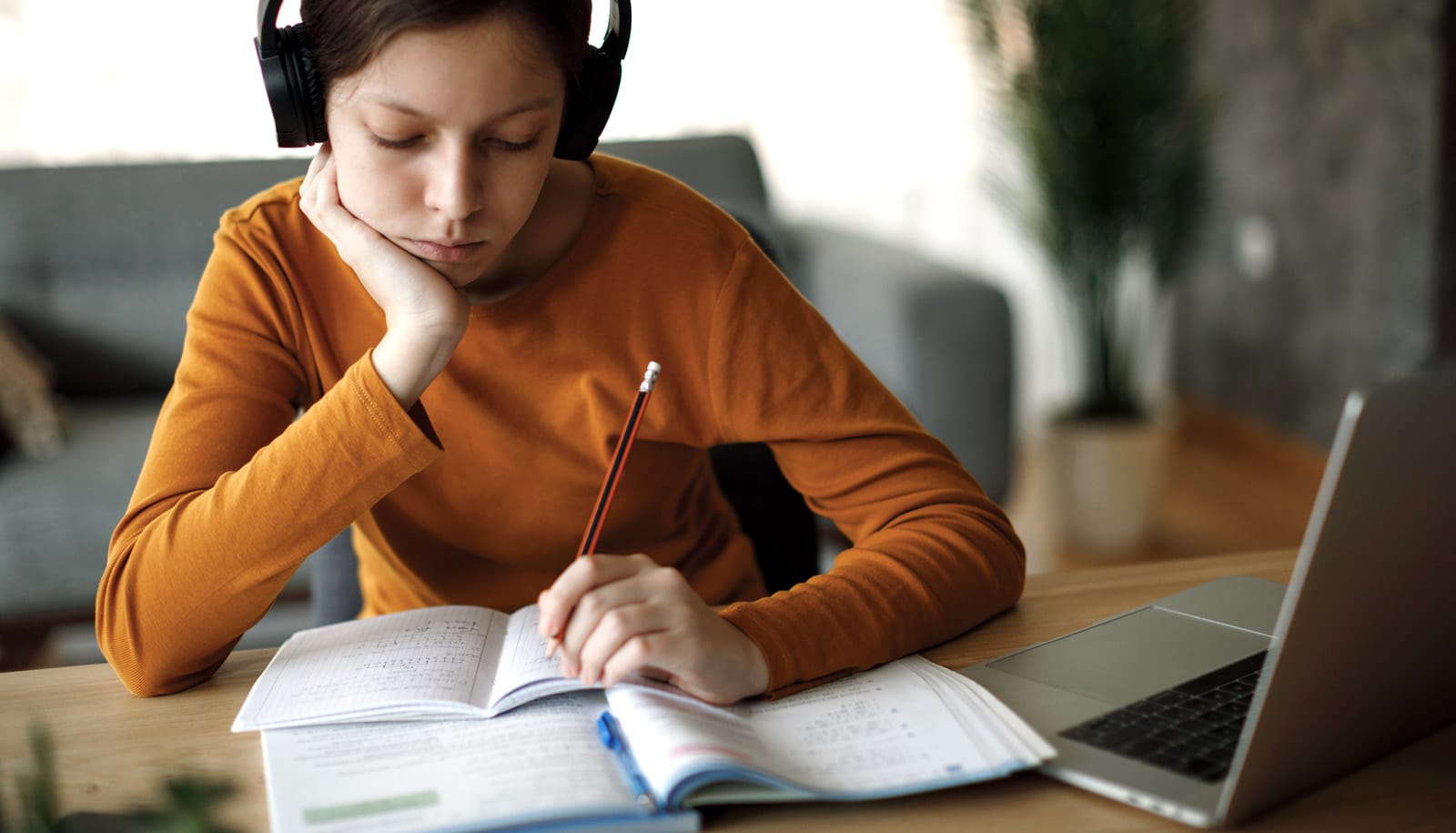While lockdowns in the early days of the COVID-19 pandemic were challenging for teen girls’ mental health, they also offered a respite from their packed everyday lives.
That’s a warning sign for how stressful the lives of teens have become, researchers say.
Even before the pandemic, experts sounded the alarm about teen mental health. “Over the last decade, we’ve been seeing these really skyrocketing increases in rates of anxiety, depression, and suicidality in teens in general, but especially in girls,” says Jennifer Silk, a professor of psychology at the University of Pittsburgh and lead author of the paper in the Journal of Pediatric Psychology.
So when parts of the country shut down in March and April 2020, Silk and her colleagues jumped to take advantage of what they saw as a natural experiment: By putting a pause on school and extracurriculars, shutdowns released girls from pressures that researchers believe may contribute to depression and anxiety.
The team conducted a daily diary study with 93 teen girls across 10 days in March and April 2020, finding that girls reported higher levels of anxiety and depression while in lockdown, especially on days they struggled with online learning.
Quality time with family, however, was linked to better mental-health days, and girls were more likely to spend time doing healthy and creative activities that school and extracurriculars would normally leave no time for.
“Three quarters of the girls were engaging in creative hobbies, and about two thirds were reading and writing for fun, which we never see,” Silk says. “They were getting nine hours of sleep—unheard of.”
Although other researchers have looked at the mental health effects of lockdowns, Silk says, this is the first study able to break down what girls were doing from day to day. That allowed the team to tease apart some of the many abrupt, interrelated changes that came with shutdowns.
The results may not apply to everyone. Girls in the study tended to be middle or upper class, so other teens who had to support their family or help with childcare may not have seen the same benefits.
Silk also emphasizes one negative side-effect of the pandemic shutdowns: Girls consistently reported worse mental health on days when they struggled with remote learning. And while technical challenges that surfaced during those early pandemic days may have later been resolved, other issues are less likely to fade.
“Kids’ problems with engaging and learning through online schooling, from families I spoke to, only got worse as closures stretched throughout the year in many schools,” Silk says, adding that the finding should be a sign to lawmakers and school administrators about the importance of keeping kids back in schools. And taken together, the results have even broader implications for the pressure that teens feel to perform in and out of the classroom.
“There’s just increasing expectations for adolescents to be the top in everything they do,” Silk says. “We really need to think about finding ways to reduce some of these school- and achievement-related pressures.”
Source: Patrick Monahan for University of Pittsburgh



